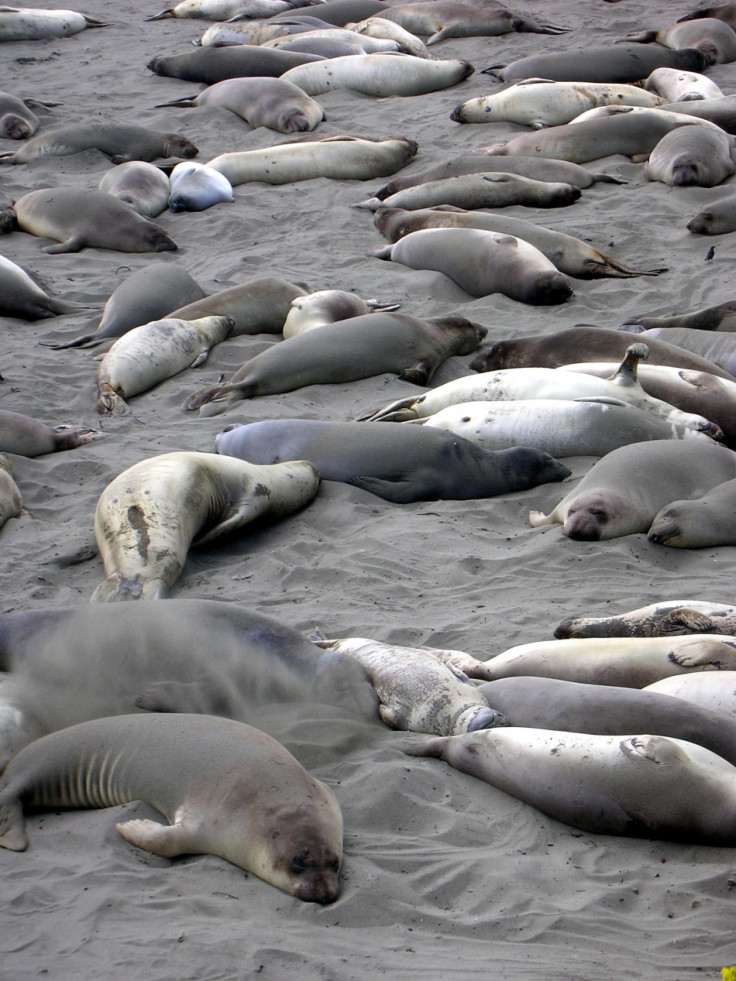Seal Deaths Along New England Coast Declared Unusual Mortality Event

The U.S. National Oceanic and Atmospheric Administration (NOAA) has declared the high number of seal deaths reported along the New England coast since early September constitutes an unusual mortality event (UME).
About 146 seals were reported stranded in Maine, New Hampshire, and Massachusetts from Sept. 1 to Nov. 3.
“Most of the animals were harbor seals less than a year old. This is more than three times the average number of strandings that typically occur this time of year,” NOAA said in a statement on Friday.
In declaring the incidents a UME, NOAA said it would help investigate the cause of these seal deaths and strictly advised people to keep away from affected sites to avoid any health risk.
“We want to remind people to not get close to seals encountered along the shore, to keep their pets away, and to report any sightings to us through our stranding hotline, while we continue to assess whether there is any potential human health risk,” said Dr. Teri Rowles, coordinator of the National Marine Mammal Health and Stranding Response Program of the NOAA Fisheries Service.
The New England Aquarium in Boston conducted preliminary pathology, biotoxin, and virology analyses on samples from five seals, and said the carcasses tested positive for the Influenza A virus, indicating one possible cause for the mortalities.
The Marine Mammal Protection Act defines a UME as a stranding that is unexpected; involves a significant die-off of any marine mammal population; and demands immediate response.
Since 1991, 53 UMEs -- involving marine animals such as bottlenose dolphins, California sea lions, manatees, and seals -- have been formally recognized in the United States. Infections, biotoxins, human interactions, and malnutrition were identified as the causes of these unusual mortalities in at least 25 cases.
© Copyright IBTimes 2025. All rights reserved.




















